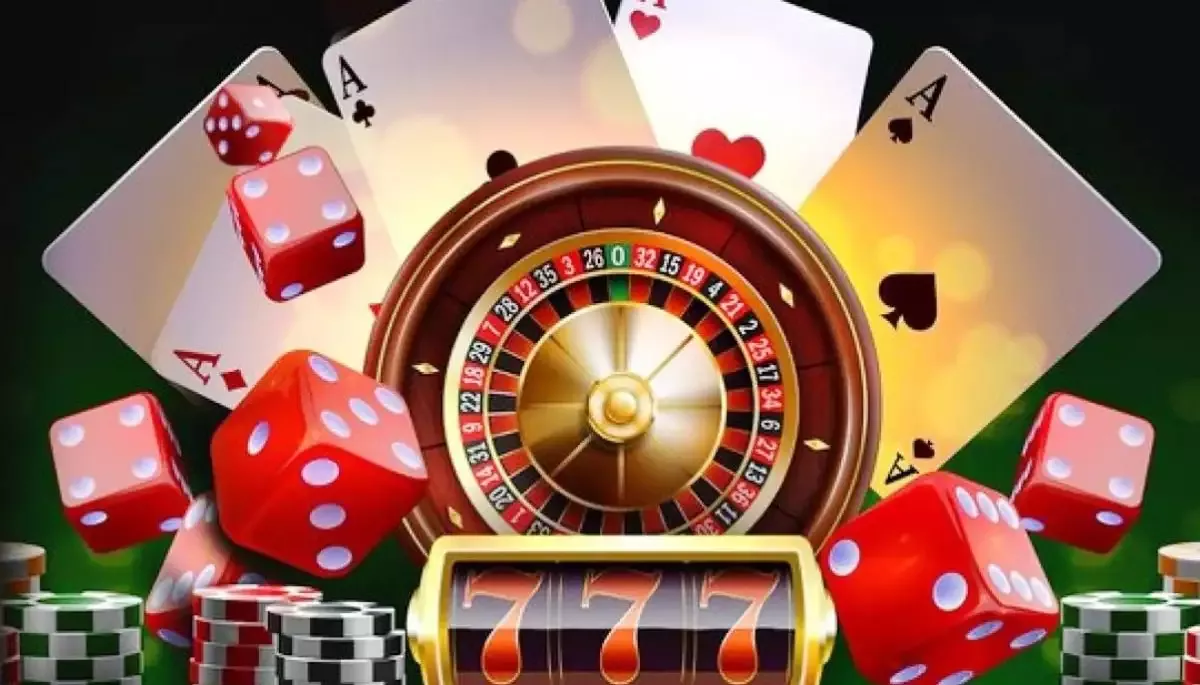Exploring Behavioral Economics in Casino Design
Exploring Behavioral Economics in Casino Design
The Intersection of Behavioral Economics and Casino Design
The fascinating world of casino design is deeply intertwined with principles of behavioral economics, an area that explores how psychological factors affect economic decision-making. Casinos are meticulously crafted environments aimed at maximizing player engagement and, ultimately, profits. By leveraging insights from behavioral economics, casino architects and designers create spaces that subtly influence player behavior, encouraging longer playtime and increased spending. This interplay of design and psychology can be compared to the strategies employed in various game designs, such as those found on https://chickenroadgame-2.com/, where user engagement is key to the game’s success.
One fundamental aspect of casino design is the use of sensory stimuli to captivate and maintain player attention. The strategic use of lighting, sound, and color can create an immersive environment that encourages players to lose track of time. Bright, colorful lighting and continuous, upbeat music can create a sense of excitement and urgency, nudging players to make more impulsive decisions. Behavioral economics suggests that these environmental cues can significantly affect players’ risk perception and decision-making processes, leading them to gamble more than they initially intended.
Layout and Flow: Guiding Player Movement
The layout of a casino floor is meticulously organized to optimize player movement and interaction with gaming machines and tables. Behavioral economics principles are applied to design pathways and layouts that subtly guide players throughout the casino. The aim is to maximize exposure to gaming opportunities while minimizing any potential exits. By designing pathways that meander through the gaming floor, casinos can increase the likelihood that players will encounter more games and, consequently, spend more time and money.
Additionally, the strategic placement of high-traffic games, such as slot machines, near entrances and along main pathways ensures that players are drawn into the gaming experience as soon as they enter the casino. Behavioral economics highlights the importance of choice architecture, where the positioning and availability of options can significantly sway decision-making. By arranging games in a way that highlights popular or high-yield options, casinos can subtly influence player preferences and encourage higher spending.
The Role of Rewards and Incentives in Casino Design
Another crucial aspect of casino design is the use of rewards and incentives to reinforce desired player behaviors. Loyalty programs, complimentary offers, and bonus systems are all tools derived from behavioral economics principles to enhance player retention and spending. By offering tangible rewards, such as free meals, hotel stays, or bonus credits, casinos create a system of positive reinforcement that encourages players to continue gambling.
Furthermore, the concept of ‘near-misses’ is often integrated into game design to keep players engaged. When players experience near-wins, they are more likely to perceive themselves as being close to a win, which can increase their motivation to continue playing. This illusion of control is a powerful psychological phenomenon that casinos harness to maintain player interest and prolong gaming sessions.
Insights on Casino Design from Behavioral Economics
Understanding the principles of behavioral economics provides valuable insights into the intricate design strategies employed by casinos. By acknowledging how psychological factors influence player behavior, casino designers can create environments that are not only visually appealing but also economically successful. The integration of sensory stimuli, strategic layouts, and reward systems all contribute to a cohesive strategy that enhances player engagement and maximizes revenue.
For those interested in exploring more about the intersection of design and psychology, the principles applied in casino design offer a compelling case study. Whether it’s the subtle cues that guide player movement or the powerful incentives that keep players coming back, the application of behavioral economics in casino design is a testament to the power of psychology in economic environments. Understanding these concepts can also provide valuable lessons for other industries seeking to optimize user experience and engagement.<

